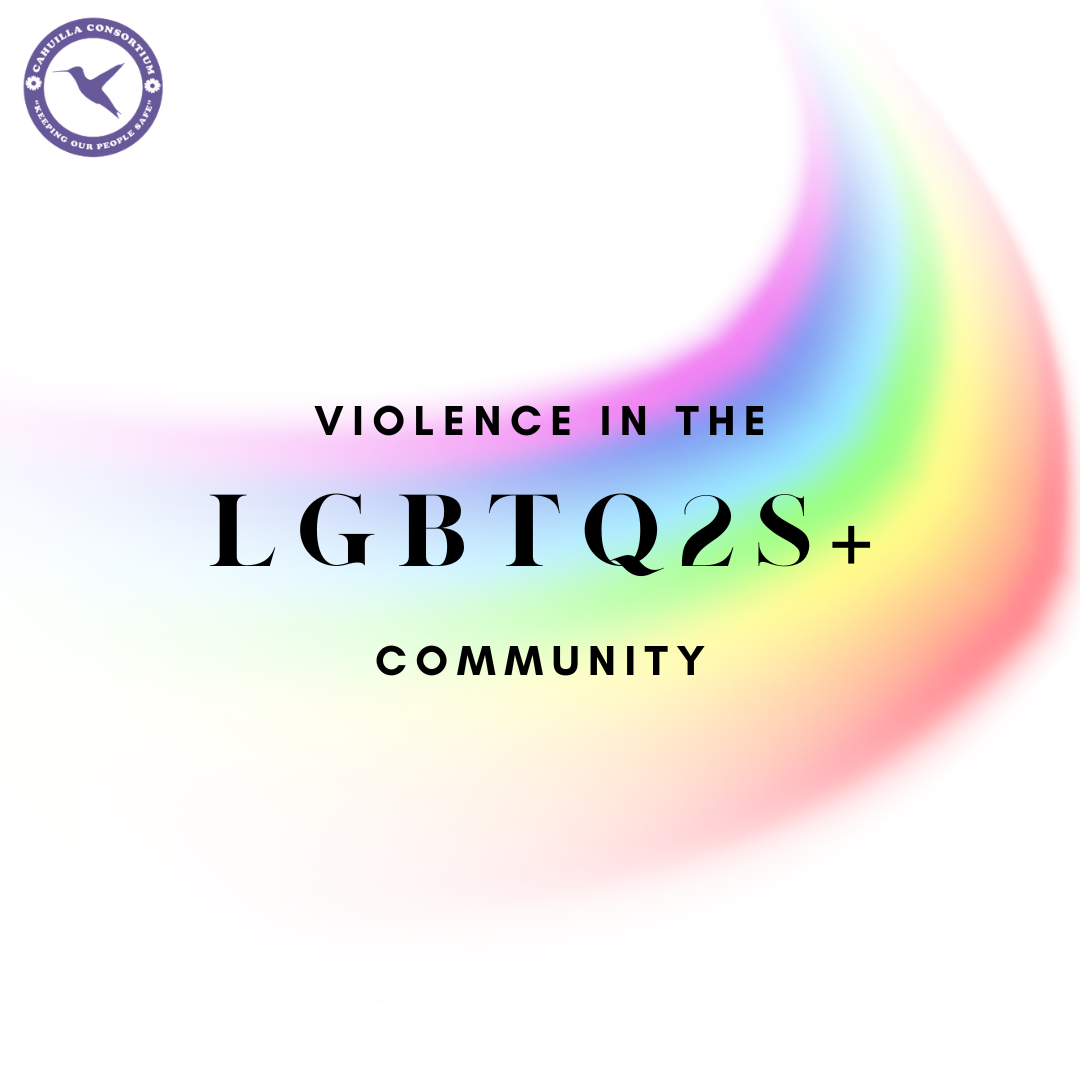Violence in the LGBTQ2S+ Community

During the month of June, it is nearly impossible to go into any store without seeing a special selection of items set aside to celebrate LGBTQ2S+ Pride. However, during both pride month and the rest of the year, one fact about LGBTQ2S+ relationships often remains unspoken: the alarming rates of violence in LGBTQ2S+ relationships. Data suggests that members of the LGBTQ2S+ community experience domestic violence at equal or higher rates than their heterosexual counterparts. Currently speaking, it is estimated that 43.8% of lesbian women and 61.1% of bisexual women have experienced physical violence, rape, and or stalking compared to just 35% of heterosexual women. Likewise, 26% of gay men and 37.3% of bisexual men have experienced physical violence, rape, and or stalking compared to 29% of heterosexual men. With such alarming rates of violence within LGBTQ2S+ relationships, it is equally as alarming that members of the LGBTQ2S+ community are significantly less likely to seek help from violent relationships than their heterosexual counterparts.
With higher rates of violence suffered by persons in the LGBTQ2S+ community it begs the question as to why the community is less likely to reach out for assistance. Research suggests that members of the LGBTQ2S+ community have many roadblocks in their way stopping them from getting help. These roadblocks can include:
- Homophobia, transphobia, and queerphobia: Judgement toward people within the LGBTQ2S+ community remains a constant fear within the community. Many people of the LGBTQ2S+ community do not seek help to avoid prejudice due to their sexual orientation/gender expression.
- Fear of being outed: Societal standards still have many members of the LGBTQ2S+ community officially “coming out” and sharing their sexual identity/gender expression with others in their lives. The choice of when and how to come out is a very personal choice. The time when someone chooses to share their identity should be on their own terms. Many people believe that seeking specific services for their violent relationships will cause them to be forced share their identity.
- Lack of Resources: Resources for heterosexual persons are vastly available compared to those available specifically for LGBTQ2S+ individuals. Often this could be due in part to many support staff at various agencies may not have specific education surrounding how to provide specific services to the LGBTQ2S+ community. Additionally, many shelters and programs tend to be specific for women-identifying persons only. This fact makes it very difficult for male-identifying survivors to find safe shelter.
With the significant increase of victims of violence in the LGBTQ+ community together we can work to advocate for ending violence in non-heterosexual relationships. If you seek to help the LGBTQ2S+ community, you can be an ally and advocate for the rights of others by providing resources to people in non-heterosexual relationships. Additionally, together we can learn how to advocate for improved resources for the LGBTQ2S+ community. Serving as an ally for victims in the LGBTQ2S+ community, together we help end violence within the community.
References:
https://williamsinstitute.law.ucla.edu/publications/ipv-sex-abuse-lgbt-people/
https://www.wadvocates.org/find-help/about-domestic-violence/lgbtqiarelationships/